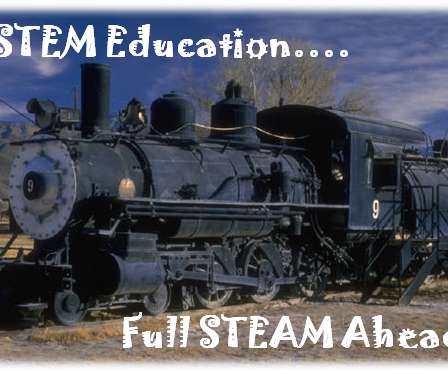6 EdTech Resources and Strategies to Gain a Deeper Understanding of Students
EdTechTeacher
JANUARY 9, 2019
The key strategy to get to this level of understanding involves a tried-and-true instructional practice: formative assessments and feedback. So what are some main characteristics of these assessment practices? Students learn to set goals, self-assess, monitor their progress over time. You Need Data to Personalize Learning.
























Let's personalize your content